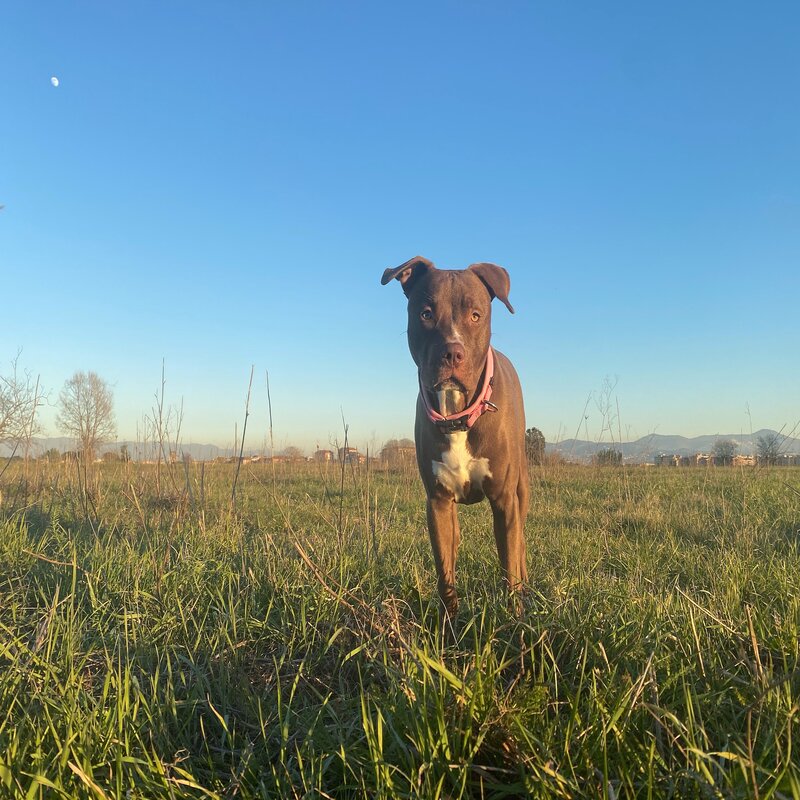The state of Texas is home to a diverse array of canine species, from the gentle Labrador Retriever to the powerful Pitbull. However, these cuddly companions sometimes turn into a source of threat, with Pitbull injuries becoming an increasingly pressing concern. This article delves into the intricacies of pitbull injuries, shedding light on the severity and frequency of these incidents, implications under the Texas legal framework, and preventative measures to ensure public safety.
The Pitbull: A Misunderstood Breed
Pitbulls, a term broadly applied to dogs with specific physical characteristics, often carry a notorious reputation for their aggressive behavior. But this stereotype is a result of misconceptions rather than a factual portrayal of the breed. Pitbulls can be affectionate and loyal, making them ideal pets for many households. However, their strong physique and tenacious nature, when mishandled or provoked, can lead to severe injuries… injuries that sometimes have life-altering consequences.
The Reality of Pitbull Injuries: An Unsettling Picture
The stark reality is that pitbull injuries are not uncommon, especially in Texas. A snapshot of the data reveals a disturbing trend. According to a comprehensive study, pitbulls were responsible for a disproportionate number of severe dog-bite injuries, with a higher incidence of hospitalization. The physical impact of these attacks is wide-ranging, from puncture wounds and lacerations to broken bones and severe disfigurement.
However, the trauma extends far beyond visible injuries. Victims often suffer from psychological distress, including post-traumatic stress disorder (PTSD), anxiety, and depression. The ripple effect of these incidents is truly profound, affecting the victims’ quality of life and their interactions with society.
The subject of pitbull injuries is an alarming issue that requires immediate attention and action.
The Texas Legal Framework: Holding Owners Accountable
In Texas, the law holds dog owners accountable for their pets’ actions. The “One Bite Rule” prevails, meaning that the owner can be held liable if they were aware of the dog’s aggressive tendencies. However, establishing this knowledge can be challenging.
Notably, Texas does not have breed-specific legislation. This means that pitbulls are not singled out by the law as a dangerous breed. Instead, the law focuses on the behavior of individual dogs and their owners’ responsibility.
While the legal landscape might seem daunting, it’s crucial to remember that victims have the right to seek compensation for injuries caused by pitbull attacks. This includes medical bills, psychological counseling, lost wages, and pain and suffering.
Pitbull Injuries and Public Safety: A Balanced Approach
Balancing the rights of dog owners and the public’s safety is a contentious issue. A nuanced approach is needed, one that addresses the root causes of pitbull aggression rather than painting all pitbulls with the same broad brush.
Responsible Ownership: The Key to Prevention
The cornerstone of this approach is responsible dog ownership. Owning a pitbull, or any dog, is a significant commitment. It requires understanding the breed’s traits, providing proper training, socialization, and care, and keeping the dog under control in public areas.
Training and Socialization
Training and socialization from a young age are crucial. These efforts help pitbulls to behave appropriately around other dogs and people. It’s important to remember that an untrained pitbull is not inherently dangerous, but a poorly trained or mistreated one can pose a risk.
Spaying/Neutering
Spaying or neutering pitbulls is another effective strategy. This procedure can reduce aggressive behavior, especially in males. It also reduces the chances of unwanted pitbulls, which often end up in shelters or in the hands of irresponsible owners.
Legislation and Policies
More comprehensive and enforceable dog control laws can also contribute to reducing pitbull injuries. These can include regulations on leashing, muzzling, and confining dogs, especially those with a history of aggression.
In Conclusion: An Informed Society For A Safer Future
Pitbull injuries are a complex issue with emotional, societal, and legal implications. While pitbulls are often unfairly maligned due to a minority of incidents, there is no denying the potential for harm if these powerful dogs are mishandled.
As a society, we must strive to understand and address the root causes of pitbull aggression, including irresponsible ownership and poor training. Equally important is the need for victims to be aware of their rights under Texas law and the recourse available to them.
In doing so, we can ensure a safer future for all – one where pitbulls can be loved and respected as loyal companions, and where the public can coexist without fear of injury.
